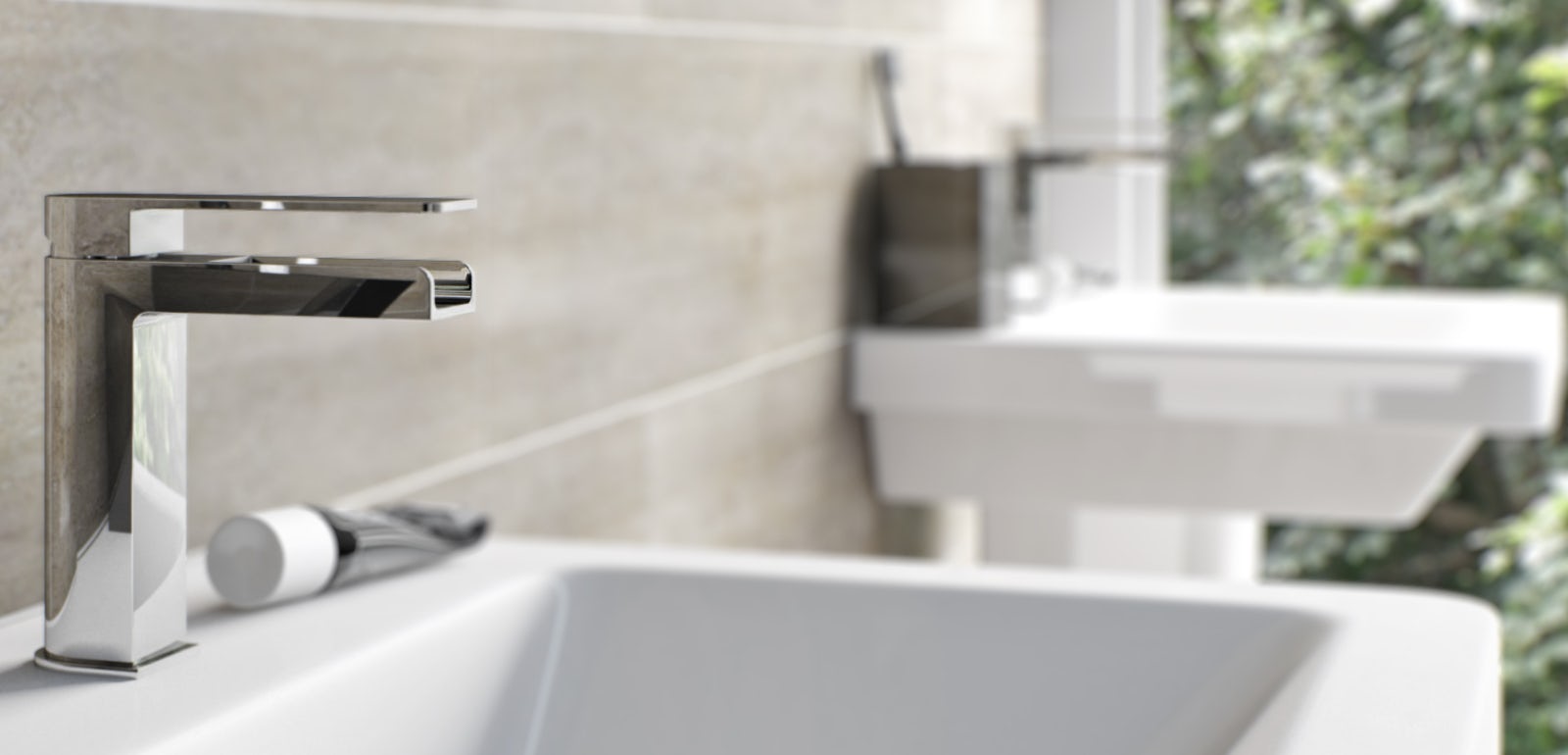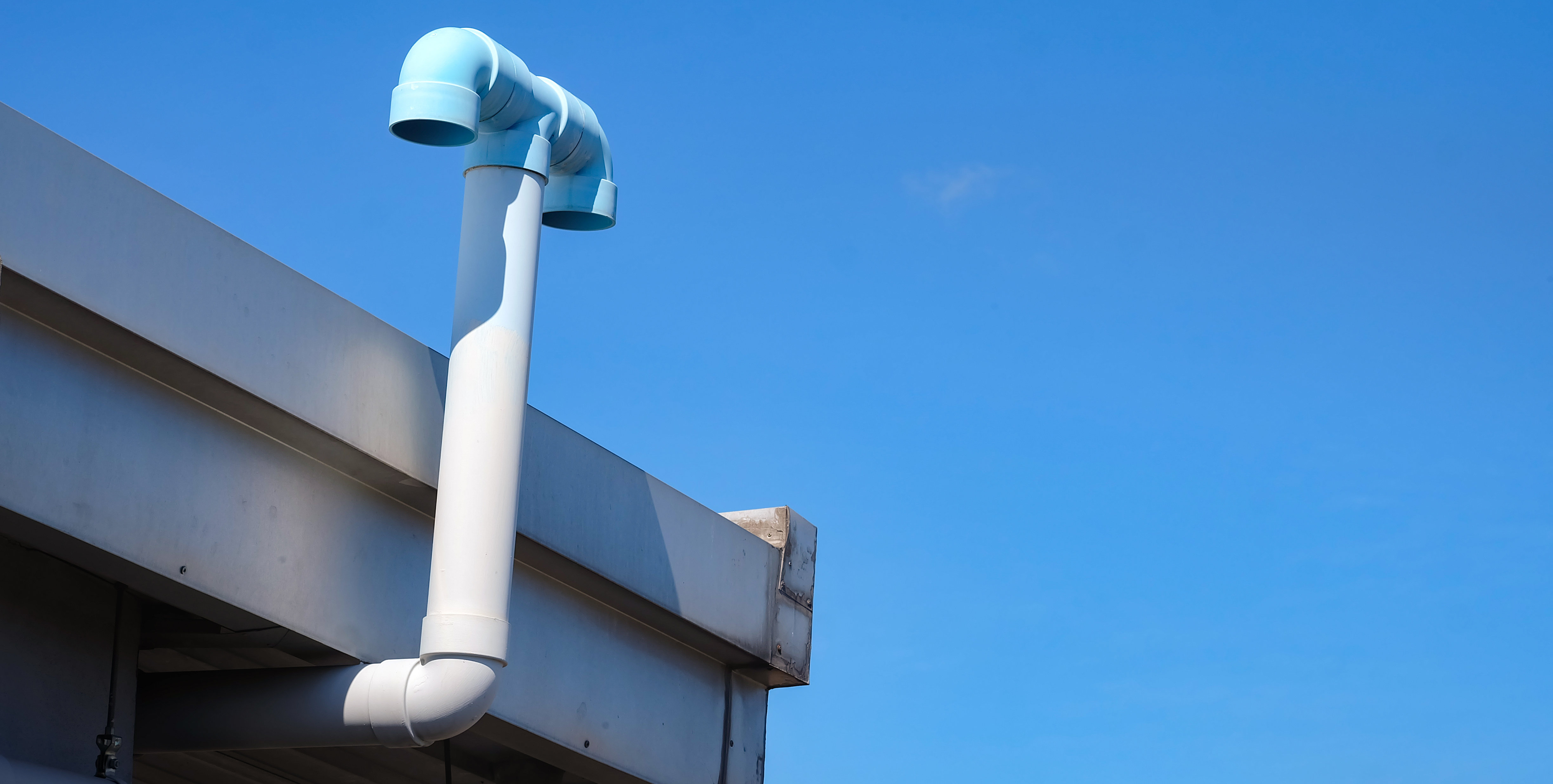Exploring the Essentials of Home Plumbing: A Beginner's Introduction
Exploring the Essentials of Home Plumbing: A Beginner's Introduction
Blog Article
Nearly everybody will have their personal perception in relation to Plumbing basics: How your home plumbing works.

Plumbing is an essential aspect of any kind of home, in charge of supplying tidy water for alcohol consumption, cooking, and showering, in addition to eliminating wastewater safely. Understanding the essentials of home plumbing is vital for every single house owner to make certain appropriate maintenance, troubleshooting, and, if necessary, repair services. In this beginner's overview, we'll cover the essential ideas of home plumbing to assist you end up being much more aware of how it functions.
Water System
The water supply system brings clean water right into your home from a metropolitan water source or a private well. It consists of a main water line that links to your home's plumbing system, typically located underground. A water meter determines the quantity of water consumed, while a shut-off shutoff enables you to manage the circulation of water right into your home.
Plumbing Fixtures
Plumbing components are tools that provide water to numerous parts of your home and consist of sinks, faucets, bathrooms, showers, bathtubs, and home appliances such as dishwashers and cleaning machines. Each fixture is attached to the water system through pipelines and fittings and might have its shut-off shutoff for maintenance or emergencies.
Water Heating System
The water heating system is in charge of home heating water for domestic use, consisting of showering, cooking, and cleansing. Typical types of hot water heater include tank-type water heaters, tankless (on-demand) water heaters, and heat pump hot water heater. The hot water heater is connected to the water system and supplies hot water to plumbing components as required.
Drainage System
The drainage system eliminates wastewater from your home and lugs it away to a sewer treatment facility or septic system. It consists of a network of pipelines, installations, and components that move wastewater from plumbing fixtures to the major sewer line or septic tank. Proper water drainage is necessary to stop blockages, back-ups, and sewage leakages.
Ventilation System
The ventilation system helps keep appropriate atmospheric pressure and prevent drain gases from entering your home. Vent pipelines, also known as vent heaps, extend from plumbing components to the roof covering, allowing sewer gases to escape safely outside. Ventilation pipes likewise permit air to go into the drain system, facilitating smooth wastewater circulation and protecting against suction or vacuum cleaner results.
Common Plumbing Devices
Having the right tools available is crucial for carrying out standard plumbing repair services and upkeep tasks. Common plumbing tools include flexible wrenches, pipe wrenches, pliers, pipeline cutters, hacksaws, bettors, augers (or drain snakes), and Teflon tape. Having these devices readily offered can aid you tackle small plumbing problems effectively.
Fundamental Plumbing Fixings
While some plumbing repair services may require professional aid, many usual issues can be resolved with basic DIY methods. Learning exactly how to deal with a leaking tap, unclog a drainpipe, replace a toilet flapper, or fix a trickling showerhead can conserve you time and money on plumbing repairs.
Conclusion
Recognizing the essentials of home plumbing is vital for every homeowner to preserve a secure, useful, and effective plumbing system. By acquainting on your own with the water supply system, plumbing components, drain system, ventilation system, usual plumbing tools, and fundamental repair work, you can with confidence resolve small plumbing problems and guarantee your home's plumbing system runs efficiently.
Plumbing for Beginners: A Comprehensive Guide
If you’re a beginner when it comes to plumbing, don’t worry; you’re not alone. Plumbing may seem intimidating, but with the right knowledge and a little practice, you can handle many common plumbing issues on your own. In this comprehensive guide, we will demystify the world of plumbing for beginners, providing you with the basic knowledge and skills needed to tackle common plumbing problems and even take on some DIY plumbing projects.
The Importance of Basic Plumbing Knowledge for Beginners:
First and foremost, basic plumbing knowledge gives you a solid foundation. It helps you grasp the key concepts and terminology that are essential in this field. By learning the basics, you’ll be able to build upon that knowledge and tackle more complex plumbing tasks in the future.
Having a basic understanding of plumbing also enables you to handle common issues that may arise in your home. Picture this: a leaky faucet or a clogged drain. With some basic plumbing knowledge, you’ll have the confidence to troubleshoot and fix these problems on your own. It saves you from unnecessary expenses and the hassle of waiting for a professional to arrive.
As a beginner, learning the basics of plumbing empowers you to take care of your own home. It gives you a sense of independence and self-reliance. You’ll no longer have to rely solely on professionals for every small issue that pops up. Instead, you can handle many tasks yourself, saving time and money in the process.
Remember, everyone starts as a beginner. Embrace the learning process and take small steps to expand your plumbing knowledge. There are plenty of online resources, tutorials, and even local workshops that talk about plumbing for beginners.
Essential Tools for Plumbing for Beginners
As you start your plumbing journey, having the right tools in your toolbox is crucial. Let’s explore some of the must-have tools:
Adjustable Wrench:
This versatile tool is a staple in any plumber’s toolbox. It allows you to tighten or loosen nuts and bolts of various sizes. Make sure to have an adjustable wrench with a comfortable grip.
Pipe Wrench:
A pipe wrench is specifically designed for gripping and turning pipes. It has serrated jaws that provide a strong grip, making it easier to loosen or tighten threaded pipes and fittings.
Plunger:
The plunger is a simple yet effective tool for clearing clogged drains and toilets. It creates suction when you push and pull, helping to dislodge blockages. Keep a good-quality plunger handy for those unexpected clogs.
Pipe Cutter:
When it comes to cutting pipes, a pipe cutter is your go-to tool. It creates clean, precise cuts without damaging the pipe. Look for a pipe cutter that can handle the pipe sizes you’re working with.
Hacksaw:
A hacksaw is useful for cutting through pipes, screws, and other materials. It’s a versatile tool that can handle different cutting tasks. Remember to use a blade suitable for cutting metal.
Tape Measure:
Accurate measurements are crucial in plumbing. A tape measure allows you to measure pipe lengths, distances, and dimensions accurately. Opt for a sturdy tape measure that extends a good length.
Pliers:
Pliers come in handy for various tasks, such as gripping, bending, and cutting. Slip-joint pliers with adjustable jaws are great for gripping pipes, nuts, and bolts.

I was brought to that report on from a buddy on another web blog. If you please pause to share this article if you appreciated it. Thanks a bunch for your time. Don't forget to stop by our website back soon.
Website Report this page